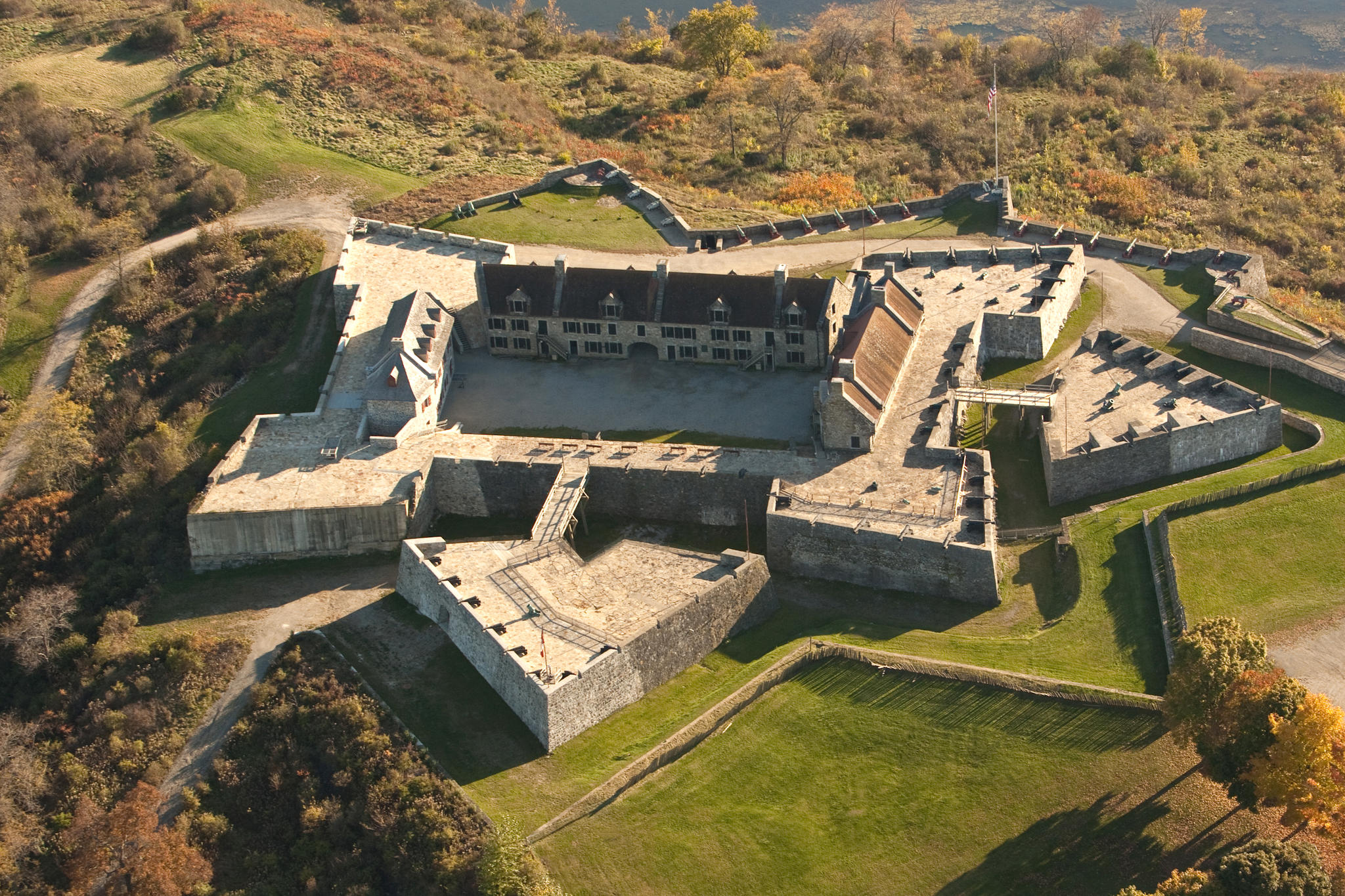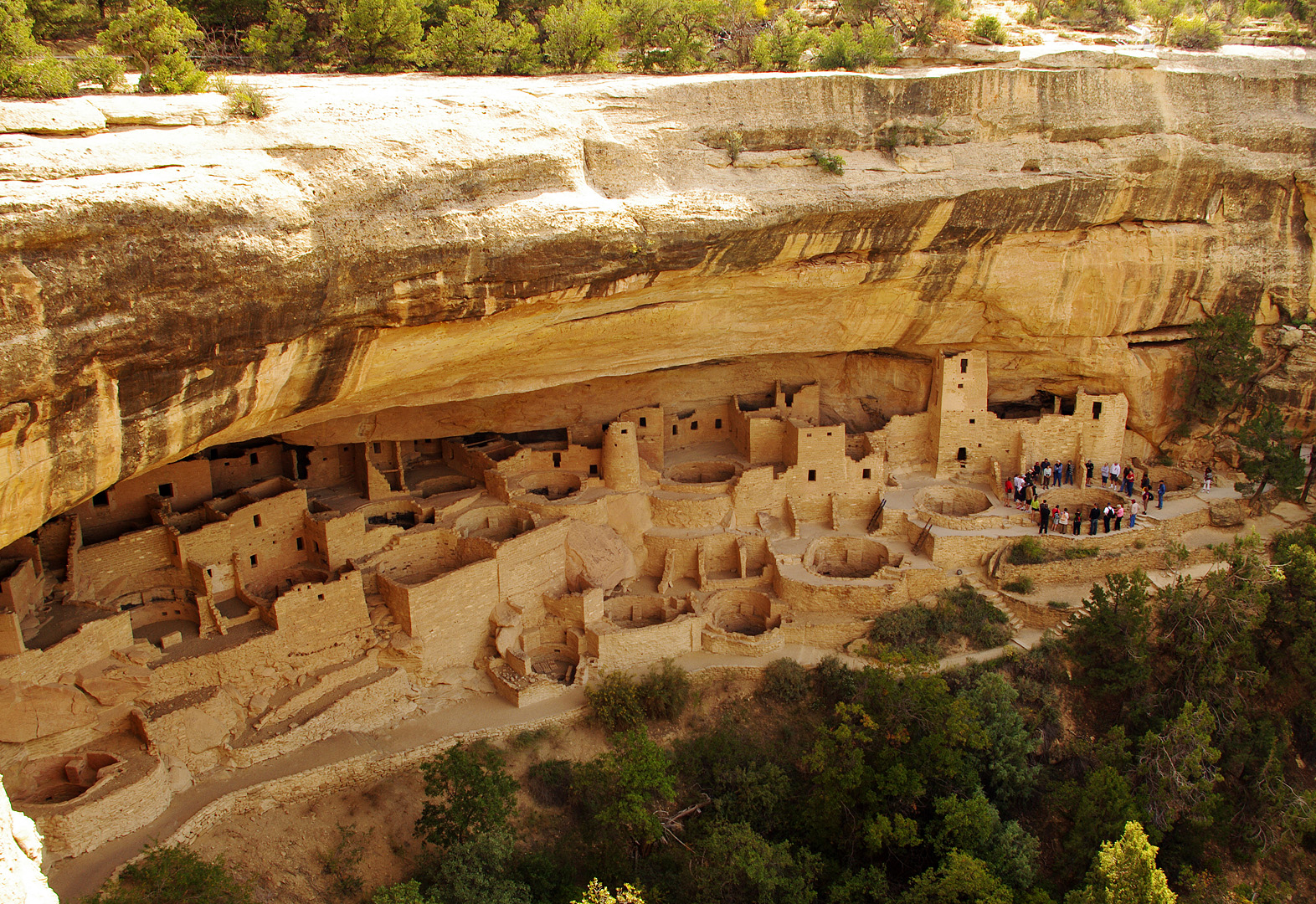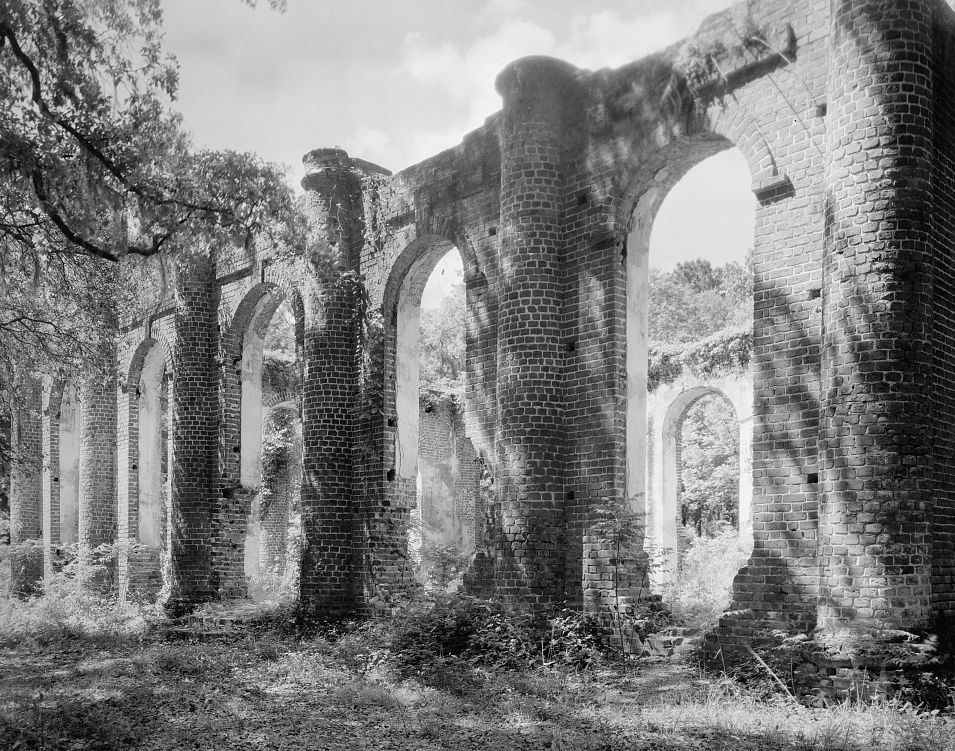History
Adventure Travel Since 1995

| Route 66 | Cities | Beaches |
|
History Adventure Travel Since 1995 |
 |
Carolinas |
Fort
Ti |
Mesa
Verde |
New York | Pennsylvania | Washington |
| America has a glorious history. Public schools have stopped teaching it, especially the Colonial years, but it's all still there for us to visit and study. Fortunately, our historical sites are in magnificent condition. We can walk the streets of original settlements like Plimoth, Salem and Williamsburg. We can board the ships and with advance reservations even go on a voyage (that's Old Ironsides shown at right). The forts are still there, as is Fort Ticonderoga above. Because our first settlements were in the Northeast many sites tend to be there, but The Alamo, Mesa Verde and others are South and West. There's something about being there, seeing the actual buildings, touching things, just breathing the air, that fixes the history in our minds more than reading about it or memorizing facts in a classroom could ever do. |  |
 |
One thing we've learned is that a trip to a historical site needs Time. You can't hurry a visit. You need time to take the guided tours, read the supporting materials, set up photographs, study the structures, and just soak up the atmosphere. The few sites we've listed on this website are so important people come from all over the world to see them, so the least you can do is relax and spend a few days. It sometimes takes a whole day to comprehend what you're seeing. Fort Ticonderoga, pictured at top, was built to be absolutely invulnerable to any army or weapons known at the time. Old Ironsides, directly above, was the greatest sailing warship in the world, is still under full commission, and has never lost a battle. Mesa Verde, at left, was a complete city (this is only one neighborhood), home to the Anasazai for over a thousand years, and we still have no idea why they abandoned it and moved South to Chaco Canyon. |
On these pages we've presented what we think are the most imortant historical sites in America. You might never have thought of some of them, or they might seem like too far of a trip. We urge you, over several years, to visit all of them. Some, like the Frances Marion sites in South Carolina, are not even mentioned in high school history texts or taught in classes. Marion, The Swamp Fox, tied Cornwallis up in the marshy lowlands for a whole year to give Washington time to prepare for their battle at Yorktown. We visit his town house in Charleston, the ruins along the Santee River that he used as a field headquarters, the remains of the church Colonel Banastre Tarleton burned with the villagers inside (seen at right), and the horseshoe shaped ridge at Cowpens Battlefield where Nathan Greene and Marion set the trap and wiped out Tarleton's mounted cavalry.
|
 |
|
|||
|